Developers behind a proposed pumped storage hydro scheme for Loch Ness costing up to £3 billion will outline the plans to the public next week.
The Glen Earrach Energy (GEE) project is earmarked for the Balmacaan Estate, about six miles south of Drumnadrochit.
It would create up to 1,000 jobs locally, and around 3,000 in the UK, during a six-year construction phase and hundreds once operational.
GEE director Roderick MacLeod will deliver a presentation at a community event from in Drumnadrochit on May 24.
Potential fourth scheme for Loch Ness
It is the fourth pumped storage hydro (PSH) scheme operating or planned for Loch Ness.
The Ness District Salmon Fishery Board has raised concerns over “this obscene Loch Ness pump storage hydro gold rush”.
GEE is a subsidiary company of Balmac Forest Ltd, which owns Balmacaan Estate.
It says Glen Earrach could be one of the most important PSH sites in Europe.
This is due to its location in relation to the grid, its topology, hydrology and geology.
A scoping report has been submitted and a planning application is expected by early next year.
If approved, work could start by late 2025 or early 2026.
The project is forecast to take eight years to complete.
PSH is seen as a way of helping meet net zero targets.
During periods of low energy demand, excess electricity is used to pump water from a lower reservoir to an upper reservoir.
When energy demand is high, water is released back into the lower reservoir through turbines, generating electricity.
Why is the hydro scheme needed?
GEE says a study for the UK Government showed at least 10 similar schemes are needed for the UK to reach net zero targets.
The Glen Earrach project would use Loch nam Breac Dearga in conjunction with Loch Ness.
It would have an installed generation capacity of 2GW and a storage capacity of up to 30,000 megawatt hours (MWh).
An analysis indicated a 1,500 MW version of the scheme would generate a net gain of £2 billion to the electricity system.
GEE says it is carrying out an environmental impact assessment to minimise the scheme’s effect on the local ecosystem.
This is expected to prioritise habitat restoration including creating new woodlands, restoring wetlands and peatlands.
The company also pledges “community and social enrichment”, through education, resources and environmental improvements.
Roderick MacLeod said GEE’s project on Loch Ness will be the most efficient, cost effective and sustainable.
‘We want to minimise the impact’
“We care about the estate, the local area and the environment.
“And we want to minimise the impact on the local ecosystem the on the local community.
“We also want to maximise community net gain and biodiversity.
“We’re committed to open communication with the local community and actively seeking their input to maximise the project’s positive impact on the area.”
A housing strategy and local consultation is planned on options for workers building the development.
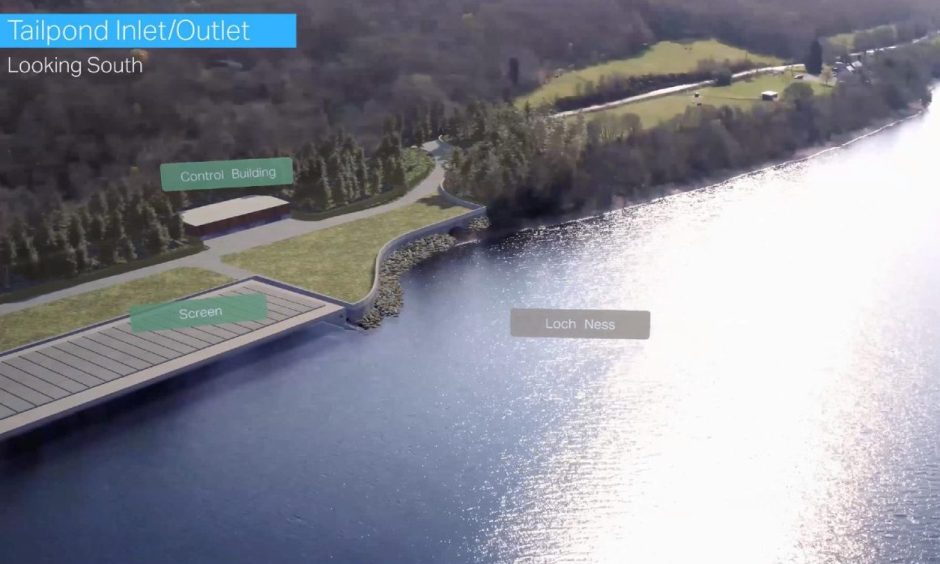
An artist impression from 2021 of the Red John scheme also planned for Loch NessLoch Ness currently has one installed PSH scheme, run by SSE at Foyers.
The Red John project (now Loch na Cathrach) near Dores, was approved in 2020 and acquired by Statkraft in December.
A third sheme is planned by Stratera Energy at Loch Kemp near Whitebridge.
According to GEE’s scoping report, the SSE scheme has an installed capacity of 0.3GW and storage capacity of 10,000 MWh.
Statkraft’s project has an installed capacity of 0.45 GW and storage capacity of 3,000 MWh.
Stratera’s proposal would have an installed capacity of 0.6 GW and storage capacity of 9,000 MWh.
‘Not enough water available’ in Loch Ness
The Ness District Salmon Fishery Board campaigned against the Loch Kemp plans and wants a moratorium on further PSH schemes on Loch Ness.
It says the Glen Earrach is even bigger.
River director Brian Shaw said: “There is simply not enough water available to support all these developments.
“We face the ridiculous situation whereby multiple pump storage developers are now in a race to pump Loch Ness dry.
“This obscene Loch Ness pump storage hydro gold rush continues, with little regard for the likely serious environmental consequences.”
It says it is not against pump storage, but they must be in the least damaging locations.
“By any measure Loch Ness is simply the wrong place for this proliferation of pump storage hydro schemes. “
The community event is being held from 11am-2.30pm in Glenurquhart Public Hall.
Anyone interested in attending can register here.
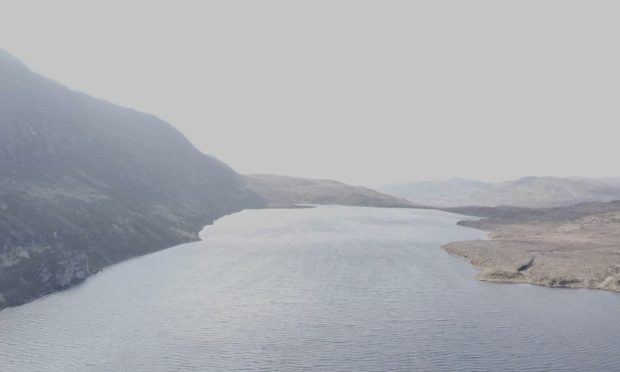
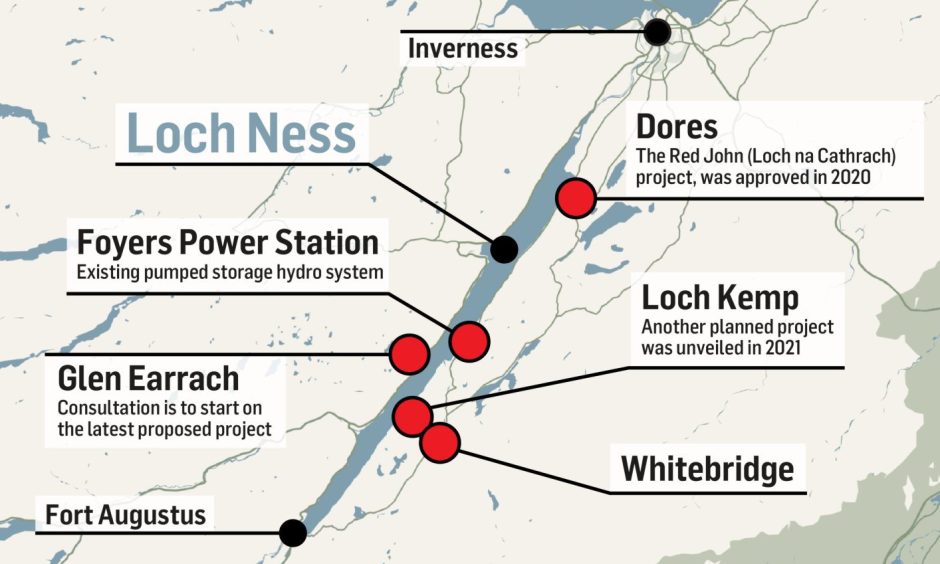
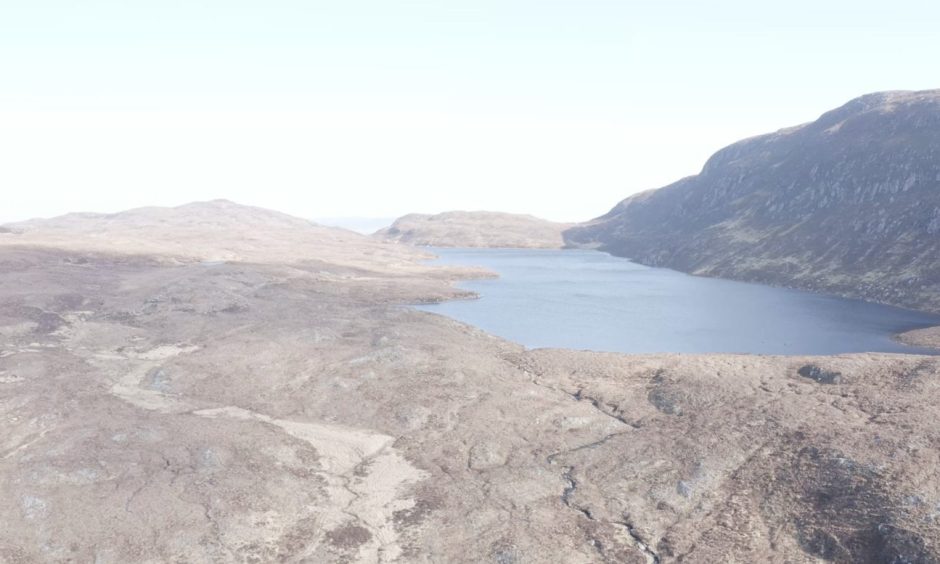
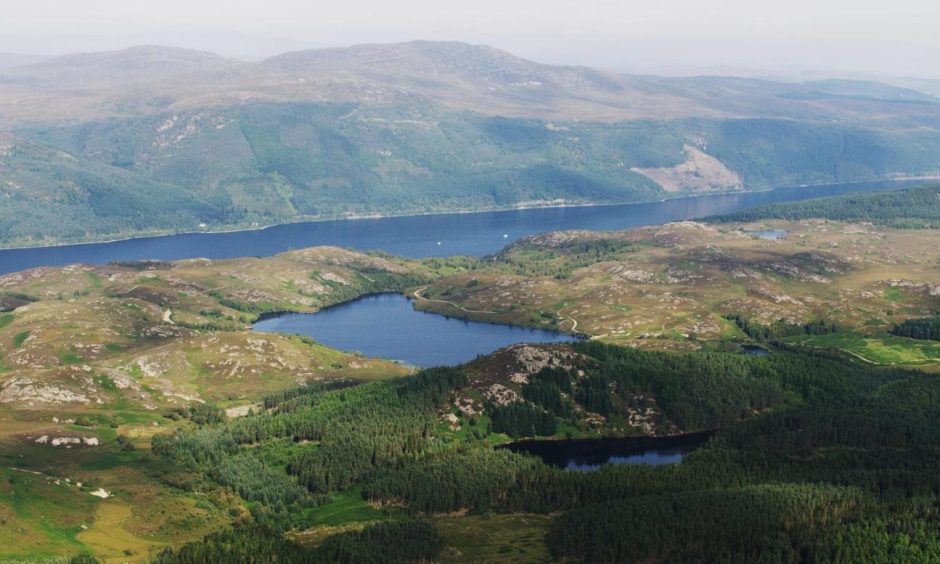
Conversation